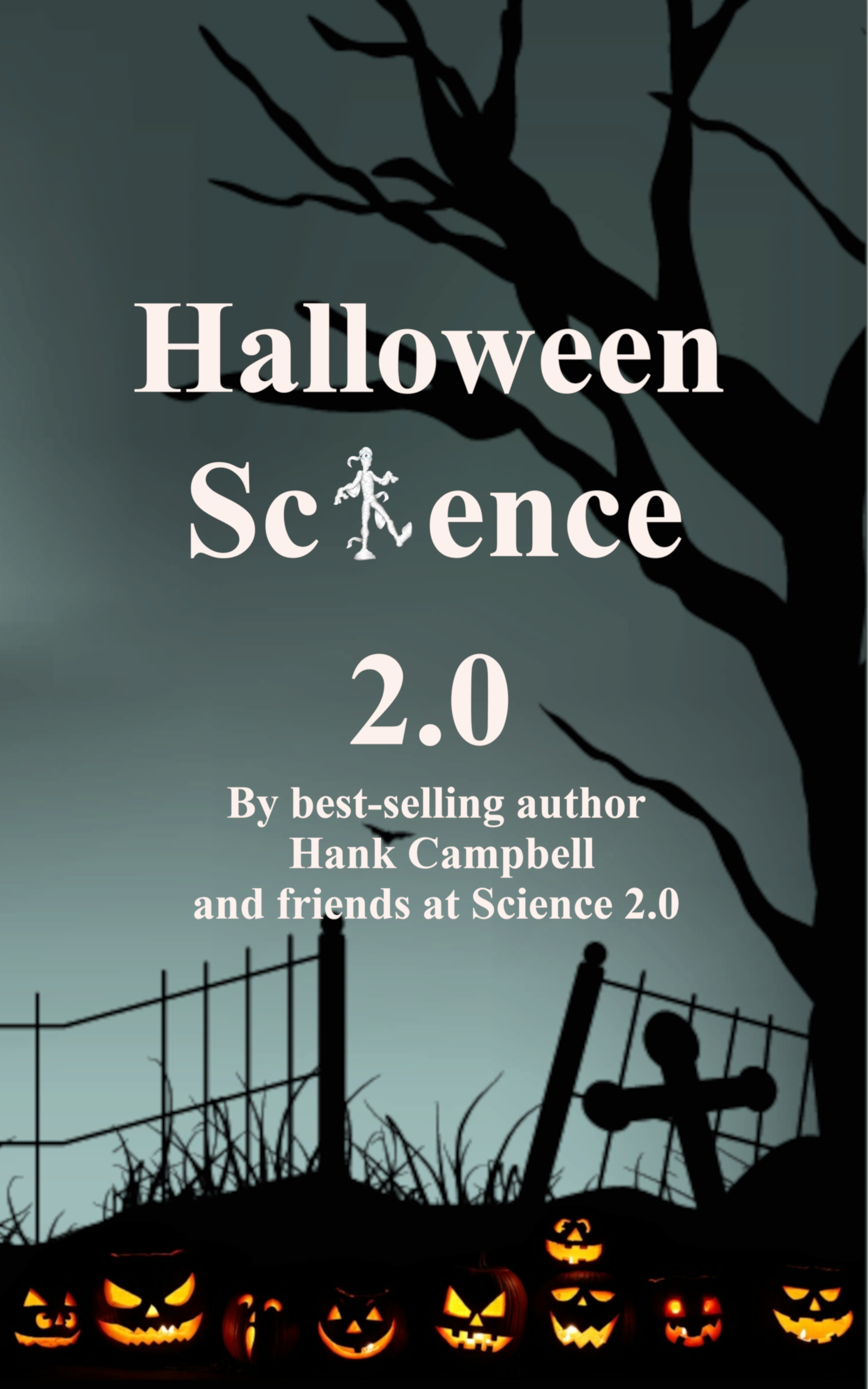A new type of rocket propellant made from a mixture of water and nanoscale aluminum powder could be manufactured on the moon or Mars or any place remnant ice may exist, say researchers from NASA, the Air Force Office of Scientific Research, Purdue and Pennsylvania State University who believe their aluminum-ice, or ALICE, propellant could be used to launch rockets into orbit from Earth as a pit stop for long-distance space missions. Since it's greener than current propellants it will also be acceptable to those of you concerned about universal global warming(1).
Earlier this year ALICE was used to launch a 9-foot-tall rocket to an altitude of 1,300 feet, which is essentially twice the height my 4-year old was able to achieve with a $20 Estes rocket in Conservation Of Momentum For Pre-Schoolers at 100,000 times the cost.
But he won't get a grant and they had a bigger idea in mind, even if it isn't yet practical in the test phase; fuel from local materials, even in space. The small size of the aluminum particles, about 80 nanometers (billionths of a meter, if you like a lot of zeroes) makes them combust faster than larger particles which gives more precise control over the reaction and therefore the rocket's thrust. As the aluminum ignites, water molecules provide oxygen and hydrogen to fuel the combustion until all of the powder is burned.
What makes it so green? A misunderstanding by well-meaning yet scientifically less well-educated environmentalists who think natural can't be bad for you. Still, it may be better than the ammonium perchlorate most rockets give off - including those ones at the fairground on 4th of July.
"It is considered a green propellant, producing essentially hydrogen gas and aluminum oxide," said Timothée Pourpoint, a research assistant professor in the School of Aeronautics and Astronautics at Purdue. "In contrast, each space shuttle flight consumes about 773 tons of the oxidizer ammonium perchlorate in the solid booster rockets. About 230 tons of hydrochloric acid immediately appears in the exhaust from such flights."
Aluminum oxide is green? Sure, if you consider an abrasive that can also be used in ballistic armor 'green' (BONUS: as Becky Jungbauer noted, it can also be used in non-green paint to cover your walls and block WI-FI signals). It's certainly greener than hydrochloric acid.
Why does it have to be frozen? Launches are stressful and, like current propellant, you need something to be solid to remain intact while subjected to the forces of the launch. You also do not want it to react before it is used.
The fuel is a paste which is packed into a cylindrical mold that has a metal rod running through the middle. After freezing the paste the rod is removed, leaving a cavity running the length of the solid fuel cylinder. A small rocket engine above the fuel is ignited, sending hot gases into the center hole, causing the ALICE fuel to ignite uniformly. Basically the same method in current use - a small ignition starts the larger one. They say a gelled fuel also could be mixed with materials containing larger amounts of hydrogen and then used to run hydrogen fuel cells in addition to rocket motors.
Want to learn more about the science of rocket propellants? Please make haste to Robert Olley and How Green Is Your Rocket?
NOTES:
(1) Universal global warming makes no sense, you think? Indeed, it is an homage to ESPN for referring to British Formula One rookie Lewis Hamilton as the African-American driver from England.
To The Moon, ALICE - And Maybe Make Fuel On Mars, Too





Comments